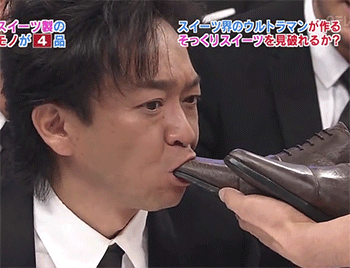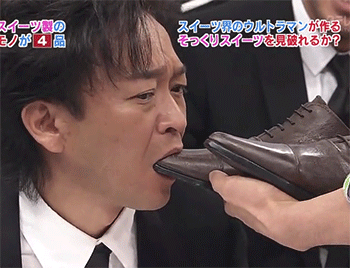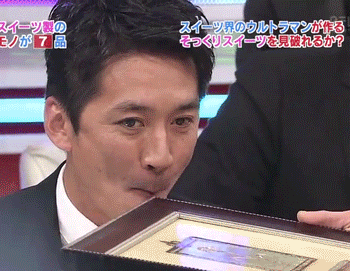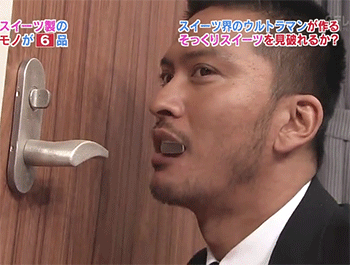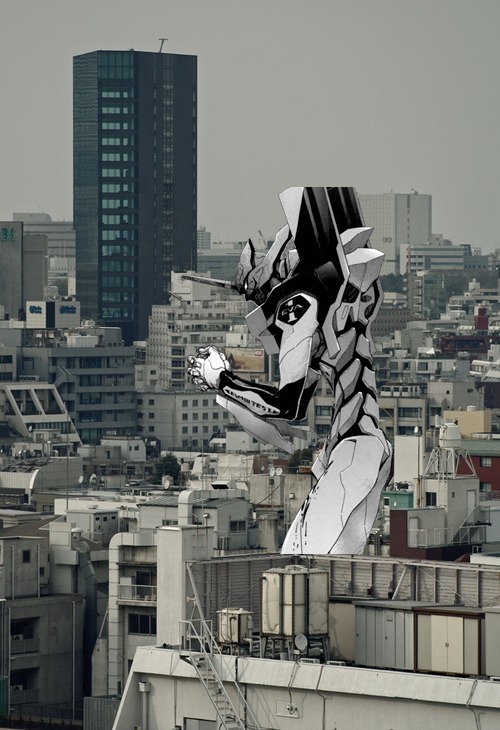Don't wanna be here? Send us removal request.
Text
Episode 23 of Nagi no Asukara
Just killed me.
my emotions are everywhere
0 notes
Audio
桜の樹の下 (Under the Cherry Blossom Trees) // KOKIA
If I was reborn, I would look for you again in my next life, I’d tell you my feelings, a topic that can never be exhausted, Even if you didn’t remember me, I’m sure we’d meet again, Under the cherry blossoms. [♪]
88 notes
·
View notes
Text
when ur friend finally gets online and uve been waiting for them

410K notes
·
View notes
Video
youtube
Dispatches - Hunted (Documentary about homophobia in Russia)
Everyone, please watch this.
Everyone needs to watch this.
18 notes
·
View notes
Photo






Issei Suda, from Fūshi kaden 風姿花伝 (Asahi Sonorama, 1978)
In Fūshi kaden Issei Suda examines Japanese culture and the gulf between tradition and modern representations of identity. "The title, Fûshi kaden, is difficult to translate. It is a reference to a book from the early fifteenth century, a theoretical treatise on Nô theater, written by one of the most important figures in Nô, the Grand Master Zeami. As a rule, Fûshi kaden is translated as “transmission of the flower in acting style.” This translation does not really provide much help, because the translation includes the central concept of the “flower” derived from Zeami’s theory of Nô theater, which seems rather foreign to us: Zeami tells us that the flower is a symbol of beauty, whereby in Zeami’s view, the ideal of beauty – the “flower” – can be found in 7- to 8-year-old children who, because they have not yet fully blossomed, embody the greatest beauty. On the other hand, the term “flower” refers to a manner of acting in Nô theater. Zeami called upon actors to intensely combine their innermost feelings with the most precise perception of their surroundings, yet to never reveal everything in their acting, thereby retaining a secret of their own. Issei Suda seems to have applied this connection between the inner and the outer, between self-perception and the perception of one’s surroundings, as well as Zeami’s idea of beauty, to his photography… His choice of this title is a reference to the fact that Issei Suda apparently sees reality with two different eyes. He bears witness to the changes in Japan, to its having been propelled into modernity, yet refers to an aesthetic style that is centuries old; and in doing so, he makes use of a visual medium that was, in turn, introduced to Japan from the West.” - Ferdinand Brüggermann
155 notes
·
View notes
Photo

Butoh avant garde dancers, Tokyo by Neko1998 on Flickr.
1K notes
·
View notes
Photo
Don't forget alll that butterfly symbolism yall
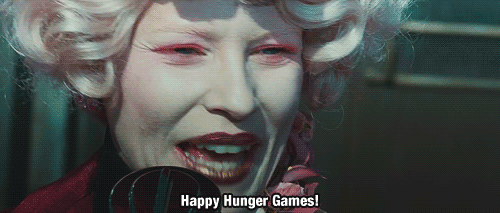

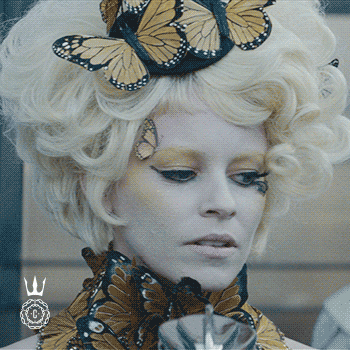

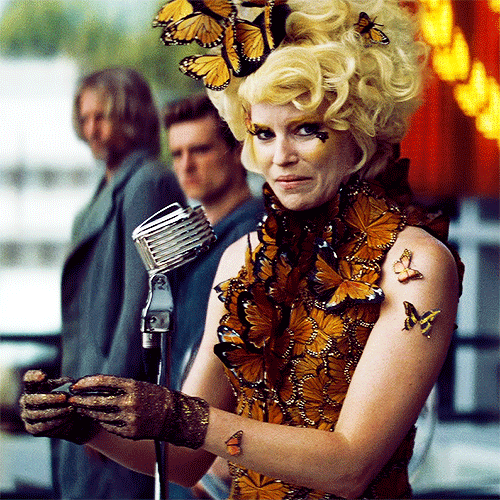
219K notes
·
View notes





